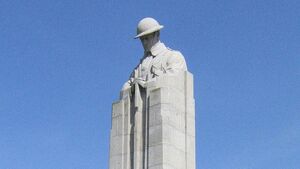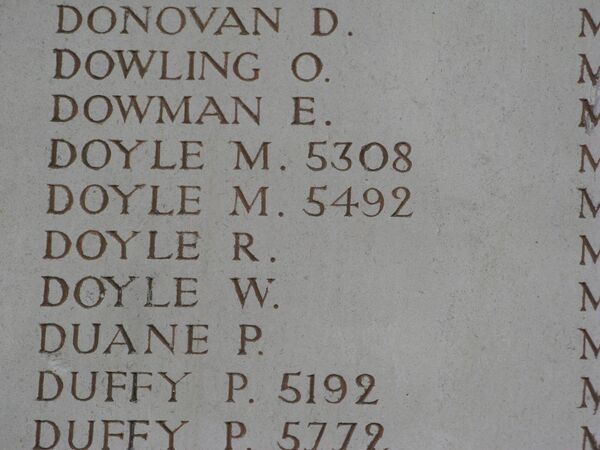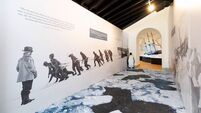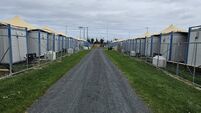Remembering Athy's war dead

The St Julien War Memorial
APRIL 1915 saw two of the bloodiest battles of the First World War and by the end of that month fifteen men from the Athy area had been killed; twelve on the Western Front and three more on V Beach at Gallipoli in Turkey.
On the morning of 25 April 1915, men of the 1st Battalion of the Royal Dublin Fusiliers (RDF) rowed ashore, from the converted coal ship .
90 of them died in the first wave, and over 200 men of the RDF were killed over the next four days; among them John Farrell of Janeville Lane, Christopher Hanlon from Green Lane and Lawrence Kelly of Chapel Hill. Popular history credits the Anzacs, New Zealand and Australian troops, as being the first ashore at Gallipoli, but the RDF and The Royal Munster Fusiliers were the first to land on the beaches of Gallipoli on that day. At the same time, the second Battle of Ypres was raging on the Western Front in Belgium. William Wall of Churchtown died on 9 April and James O’Connell on 17 April.
The second Battle of Ypres saw the first use of poison gas by the Germans at St Julien. On 24 April, the 2nd Battalion of the RDF, along with the 1st Canadian Division, suffered huge casualties in the chlorine gas attacks. Ten Athy men died in the space of five days; Martin Halleron of Crookstown, William Supple and Patrick Tierney from Foxhill, brothers Joseph and Anthony Byrne from Chapel Lane died within two days of each other, James Dillon, James Holohan, Christopher Power of Canal Side, Patrick Leonard who lived in Rathstewart and Moses Doyle of Woodstock Street. Moses Doyle had worked as a telegraph boy in the post office when he was 14.

Last November, I met a great, great-grandson of Moses Doyle at the general election count in Punchestown. Fionn Brophy and his mother, Deirdre, were part of the tally team for Deputy Mark Wall. A remarkable young man, at just 11 years of age, Fionn tallied every single count over the long two days. His great great-great-grandfather would have been very proud of him.
Moses, no 5492, died one hundred and ten years ago on 24 April 1915 and is remembered with honour on the Menin Gate in Ieper, Belgium.
The following poem will form part of a collection to be published later this year.





